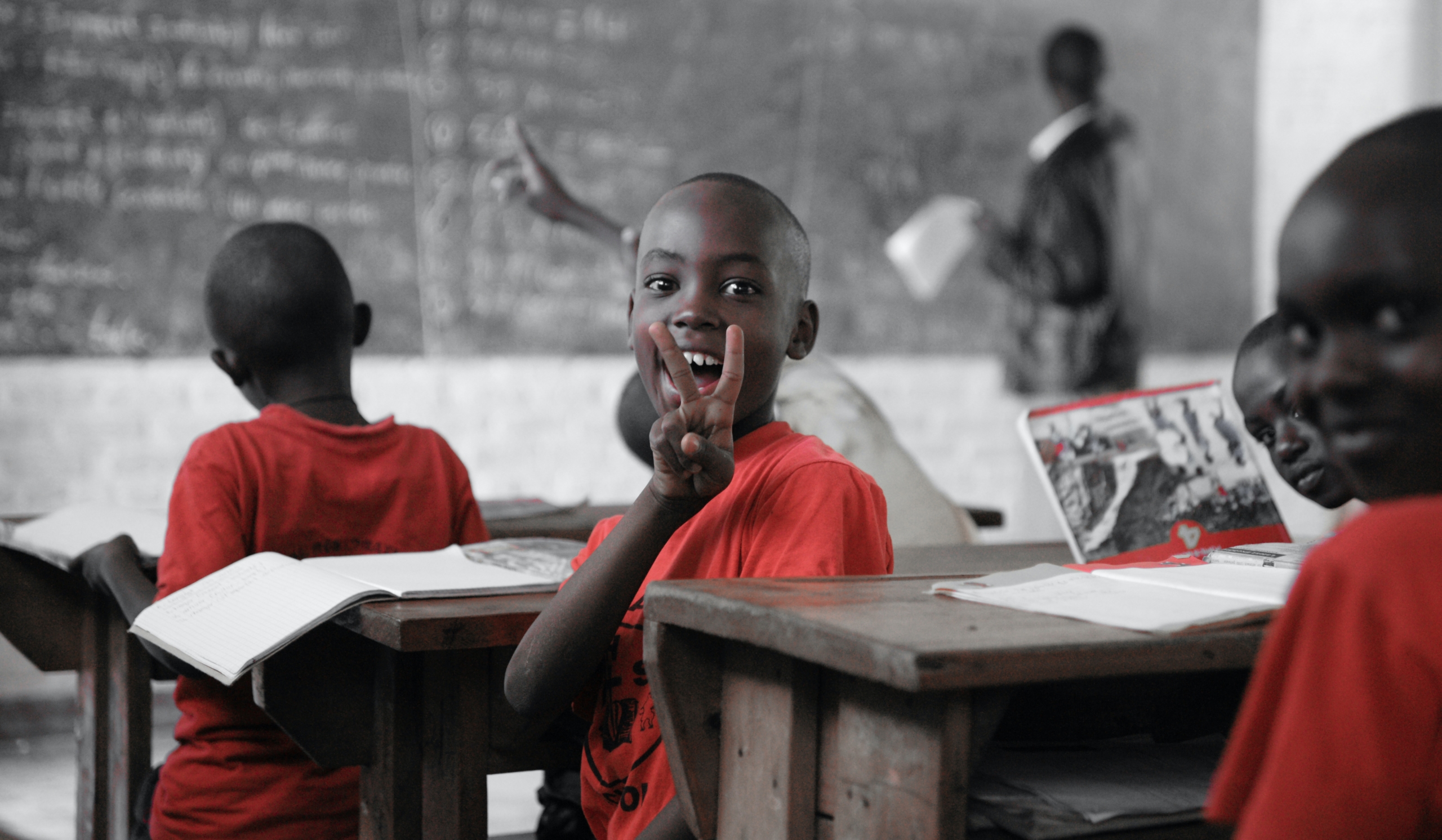Bridging the Gap with Edtech in Uganda
 According to the World Bank, disability is one of the main barriers to education for children worldwide. In Africa, less than 10% of disabled children under the age of fourteen are attending school. Some studies argue that disability has an even more significant impact on access to education than factors such as gender, economic status and the rural-urban divide. High levels of poverty mean classrooms often lack the resources required to accommodate disabled students. This problem also exists in education in Uganda.
According to the World Bank, disability is one of the main barriers to education for children worldwide. In Africa, less than 10% of disabled children under the age of fourteen are attending school. Some studies argue that disability has an even more significant impact on access to education than factors such as gender, economic status and the rural-urban divide. High levels of poverty mean classrooms often lack the resources required to accommodate disabled students. This problem also exists in education in Uganda.
Edtech in Uganda
In Uganda, about 2.5 million children (around 16%) live with one form of disability, yet less than 250,000 have access to some form of education. The government’s Ministry of Education and Sports (MoES) is working with support from UNICEF and the Norwegian Government to develop and distribute the assistive device technology schools need. This project has begun as a pilot across 20 schools to help improve disabled education in Uganda.
The technology includes converting existing learning materials into accessible formats. Three of the four subjects taught in Primary School (Mathematics, English and Science) have been transcribed this way. These formats include the DAISY format, which provides a comprehensive audio substitute for print material, and sign language.
The project also introduced braille machines, laptops with text-to-speech functionality and victor readers. Each school in the pilot has three teachers fully trained in the technology, allowing students to pick up the necessary skills quickly.
The Impact
The results speak for themselves. In one of the trial schools, 11% of the students from the pilot schools who previously faced barriers because of their disabilities have been integrated into the classroom. In another, half of the students receiving the highest grades in Uganda’s PLE exams had a disability.
At the individual level, the project’s impact is immense. UNICEF caught up with 13-year-old Suzan, a pupil at St. Bernadette’s, one of the schools selected in the pilot. After having an allergic reaction in 2020, which made her blind, Suzan lost a whole year of schooling, on top of all the education in Uganda disrupted by the pandemic. When the schools local to her reopened, most could not meet her educational needs.
Suzan ultimately enrolled in St. Bernadette’s Model Primary school, which is supplied with the resources from the pilot scheme to accommodate blind pupils in their teaching. The school hosts 154 children with special needs, giving them opportunities they could not access in the existing system.
Future Success for Edtech in Uganda
After implementing reforms to the pilot scheme, the MoES intends to roll the project out across the whole of Uganda. The success it has already seen offers hope that it will be able to break down the barriers to learning for the country’s more than 2 million disabled children who are currently without access to any form of education in Uganda.
– Jack Arrowsmith
Photo: Unsplash
